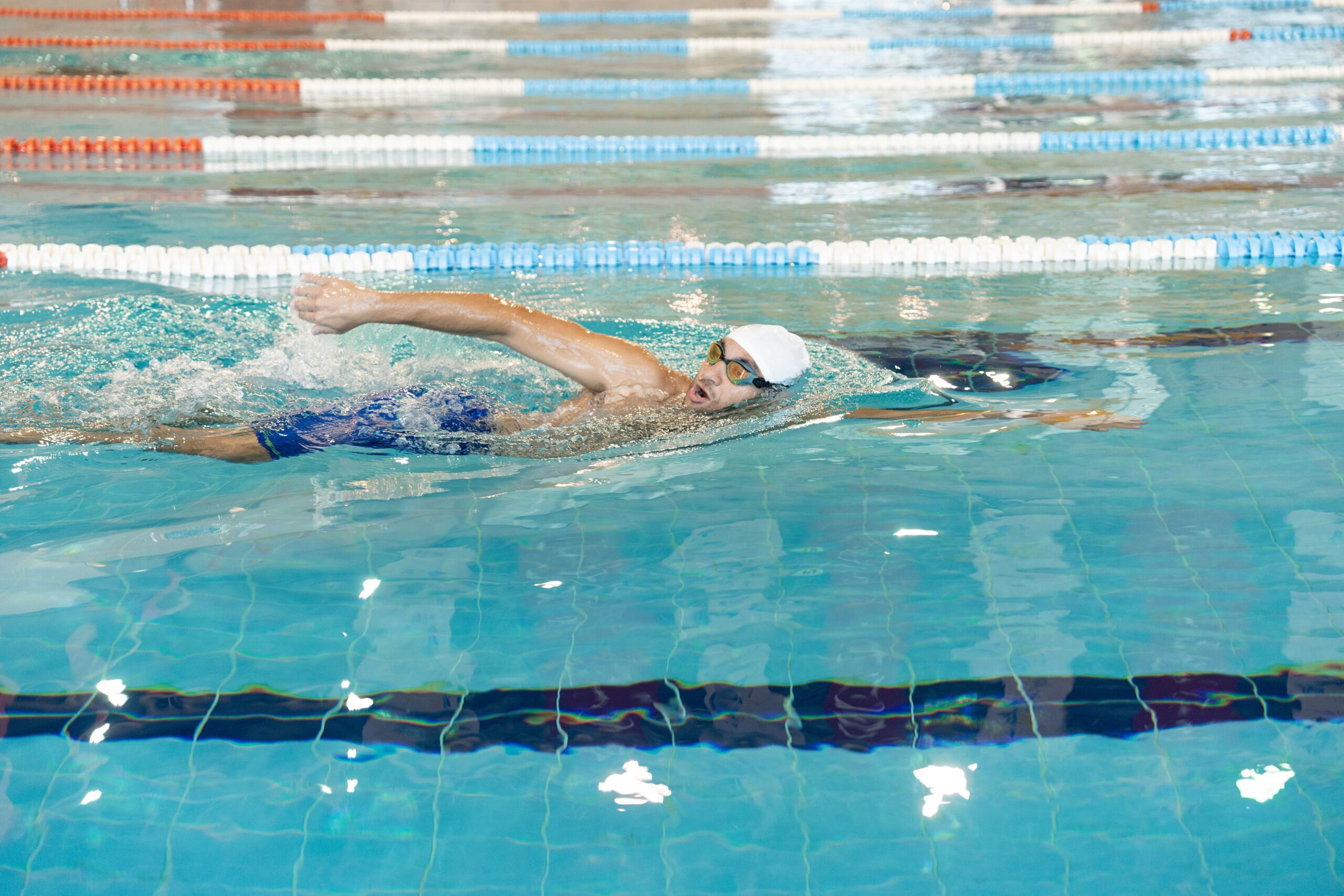
Swimming is not just about physical strength. It’s also about achieving the right mental state to perform at your best. The concept of the flow state, often referred to as being “in the zone,” plays a huge role in maximizing swimming performance. By understanding the science of swimming, athletes can unlock their potential and enhance their technique. In this article, we explore the science behind swimming, the flow state, and how it can boost performance.
What is the Flow State?
The flow state is a mental condition where a swimmer feels completely immersed in their activity, with a sense of focus, control, and effortless movement. During this state, swimmers experience peak performance, often without consciously thinking about each stroke. The flow state is associated with increased reaction time, better technique, and overall efficiency in swimming.
In simple terms, it’s when a swimmer’s mind and body are perfectly synchronized. When in flow, swimmers feel as though everything is in harmony. They move with minimal resistance and can push their limits in ways that feel natural.
The Role of Physiology in Flow State
Understanding how the body functions during the flow state is crucial for swimmers. Physiologically, when in flow, the body releases endorphins, dopamine, and other feel-good chemicals that boost mood and reduce the perception of fatigue. These chemicals also help improve focus and reduce distractions, allowing swimmers to maintain an optimal pace.
From a muscular standpoint, the flow state allows for more efficient movement. The muscles operate with less tension, and the body moves more fluidly through the water. This efficiency translates into faster lap times, longer endurance, and a reduction in energy consumption.
The Physics of Swimming and Flow
Swimming isn’t just about technique; it’s also about the physical principles that govern movement in water. The principles of buoyancy, drag, and propulsion all come into play. In a flow state, swimmers optimize these forces, minimizing drag and maximizing propulsion.
Buoyancy helps swimmers stay afloat, while drag can slow them down. Understanding how to minimize drag through proper positioning and technique is key to performing well. When in flow, swimmers intuitively adjust their form to maintain the most streamlined position, cutting through the water with minimal resistance.
Additionally, propulsion is vital. Swimmers who have mastered the physics of swimming use their hands and feet efficiently to propel themselves forward. A swimmer in a flow state makes the most of every stroke, maximizing distance per stroke and minimizing wasted energy.
Techniques for Entering Flow State
Entering the flow state requires mental preparation and physical practice. Swimmers must focus on setting clear goals during practice to maintain their focus. They must also master breathing techniques, which help preserve rhythm and focus, making it easier to enter the flow state. Consistent practice is essential, as the body learns movements and builds muscle memory, allowing swimmers to enter the flow state more easily. Staying present is another key to entering the flow state. By focusing on the present moment and avoiding distractions, swimmers reduce anxiety and bring themselves closer to flow.
Visualization also plays a significant role. Before swimming, swimmers can mentally rehearse their strokes, focusing on the feelings of effortless movement and precision.
Flow State and Competitive Swimming
In competitive swimming, the flow state makes a huge difference. Swimmers in flow experience faster reaction times, better stamina, and greater accuracy in their strokes. They can recover from fatigue more quickly and maintain peak performance throughout a race.
The flow state doesn’t guarantee victory, but it increases the likelihood of personal bests. Athletes who experience flow become more in tune with their bodies, adjusting their technique in real-time. This is especially important in races where split-second decisions make the difference between winning and losing.
The Importance of Mental Training for Swimmers
While physical conditioning is essential, mental training should not be overlooked. The flow state is, in many ways, a mental condition. Developing mental toughness, focus, and clarity enhances a swimmer’s ability to achieve the flow state.
Meditation can help clear the mind and improve focus. Even brief daily sessions train the brain to stay calm and focused during swims. Cognitive rehearsal, or mentally rehearsing strokes and breathing before practice or competition, builds confidence and prepares the body for performance. Self-talk also plays a role. Positive self-talk can keep swimmers motivated and focused on their strengths. Relaxation techniques, such as deep breathing, can reduce anxiety and help swimmers enter the flow state more easily.
Optimizing Swimming Performance Through the Flow State
The science of swimming and the flow state go hand in hand. By understanding how the body and mind work together, swimmers can improve their performance in ways they may not have thought possible. The flow state enables swimmers to access their full potential, reduce distractions, and achieve peak efficiency. Whether you’re an amateur swimmer or a competitive athlete, learning to harness the power of the flow state can elevate your swimming technique and overall performance.